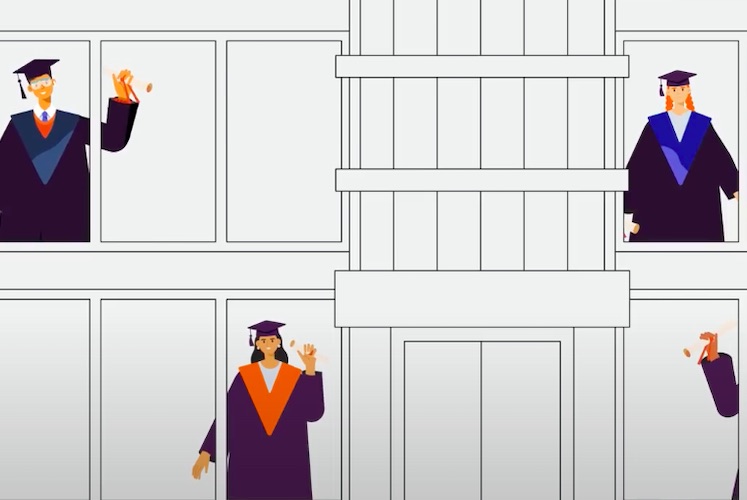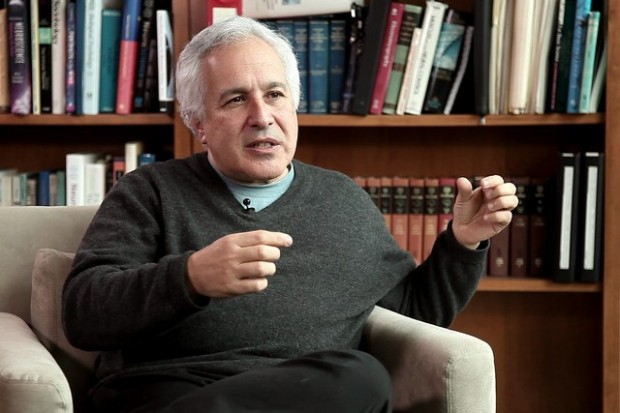Internal metric of space is influenced by geometry of environment
New Nature paper reveals that brain perceives distance differently depending on surroundings
news | February 17, 2015

On Febraury, 11 2015 Nature published a paper “Grid cell symmetry is shaped by environmental geometry” describing new information regarding ‘GPS neurons’ or cells that are resposible for mapping the environment. We have asked one of the authors of this research, Dr. Julija Krupic from University College London, to comment on this work.
The Study
In our current study we found grid cell symmetry and homogeneity were affected by the shape of the enclosure. We recorded from grid cells as rats were navigating in square, circular, hexagonal and trapezoidal enclosures. The clearest effect was found when the animal was tested in the trapezoid-shaped box where the grid hexagonal symmetry was broken: the pattern became more elliptical and non-homogeneous; the grid was larger and rotated toward the narrower part of the trapezoid compared to the wider part. Such profound differences were not observed in the square or circular enclosures which were similar to those of most previous studies. The results challenge the idea that the grid cell system can act as a universal spatial metric for the cognitive map as grid patterns change markedly between enclosures and even within the same enclosure.
Background

Future Direction
The results suggest that if we imagine the pattern made by grid cells to be a ruler for our brains to measure distance, we are seeing the ruler bending and stretching depending on the geometry of the external environment. Of course, they may still be trying to measure distance in trapezoids but this is now distorted, leading to the interesting idea that our brains perceive distance differently in environments with polarized geometry. It also might be that grid patterns are not used as a ruler by the brain and are doing something else entirely. Our next step will be to find out why grid patterns change depending on the environment and what this means for the role of grid cells in helping us navigate and form memories.
If you would like to contribute your own research, please contact us at [email protected]





























